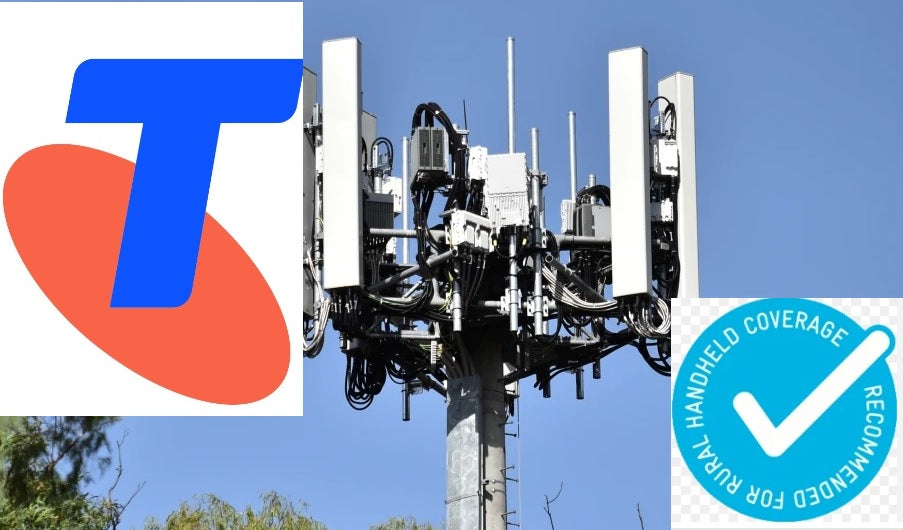
The 3G shut down is not good - Reviewed post May '24
by Peter Davidson on Sep 12, 2024We posted the below back in Sept '24. The short answer is yes it has not been kind to rural Australia and remote travels.
First, let’s clarify how our view is formed. We have lived remotely for 16 years, and sadly, "Remote communications" in Australia are still unreliable. We are 20km from the Pacific Highway, just one hour north of Newcastle. We have 3G/4G Telstra bolstered via Cel-Fi Go (which does not boost Data). But three years of Starlink data changed our lives.
In our travels and managing EPIRBhire for 24 years, we have experienced the shutdown of CDMA and taken a keen interest in the signal behaviour both on land and offshore sailing with various mobile handsets with and without external antenna systems.
Our expectation when 3G is removed is that the mobile phone range coverage will be greatly reduced in remote areas, particularly in areas that are not flat. Why is this? The answer in basic terms is very straightforward. With the lower frequencies of 2G and 3G, the signal travels further and tends to flow over hills and through trees. For those working in high-rise offices, you would have experienced the following..... 3G would still tend to work while in the lift, and 4G would cut out when the doors close. The 5G network will be similar, but more extreme; in some cases, it may not even work in the lift lobby. 4G and now 5G have faster data speeds with the higher frequency, but the higher frequency is very limited in its ability to penetrate obstacles to your handset and will have a much shorter range, hence the need for so many more 5G towers in the city and urban areas.
The 3G experience will be a repeat across rural Australia when CDMA/2G was shut down. Coverage range was reduced, if not lost altogether. The lack of service from the new 3G was extended due to complaints that resulted in more towers being built over the following years. Travellers and rural residents found large gaps in phone reception along major highways that were eventually restored to a reasonable distance from towns. It has taken over 20 years for the 3G coverage to be what it is today. It was working OK, slow on data but good with voice calls.
When Telstra 3G goes in 2024/5, the black spots within rural communities will rise substantially, and the range reception between towns will be drastically reduced. This situation will more than likely be “Newsworthy” by late 2025, improvements will be talked about and statistics will be thrown around saying everything is just fine. A Telstra spokesperson said in a statement last "In fact, 3G accounts for just 1% of our total network traffic” This statement is so misleading… 1% is all rural Australia... everything will not be fine. More BS statistics to come.
Tip: Do you have one of the following phones: iPhone 5, iPhone 5C, iPhone 5S, or the Samsung Galaxy S5 and S6, they are labelled as 4G, but they use 3G for voice, so you will not be able to make calls after July.
We expect we will be busier than ever supplying Satellite phones over the next few years to inland travellers.
Edit: Mid 2025.
Unfortunately, our expectations are correct. Travelling away from rural towns, the mobile phone service drops out quickly, much earlier than with 3G. Some out-of-town residents have no service when they previously had good 3G mobile service.
Feed back is most welcome. sales@buyasatphone.com.au
Thank you and regards,
Peter Davidson
